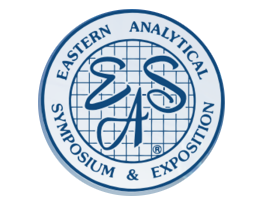One-Day Course
Sunday, November 16; 8:30am – 5:00pm
Richard Verseput, S-Matrix Corporation, Eureka, CA
COURSE DESCRIPTION:
Current USP and ICH guidances affirm the expectation of quantitation in analytical procedure development. This course describes the key tools and methods in these guidances in detail and their use in an enhanced APLM workflow. Topics include 1) defining the ATP as a negotiated specification incorporating analytical and production variation, 2) correct robustness assessment to achieve a robust Method Operable Design Region (MODR), 3) replication strategy optimization for reportable results meeting ATP-specified performance requirements, and 4) critical knowledge transfer to APLM Stages 2 and 3. Course topics are presented in the context of LC method development, validation, and transfer.
WHO SHOULD ATTEND
Laboratory directors, lab managers, analytical scientists who develop and validate analytical procedures – especially liquid chromatography (LC) methods, and anyone responsible for implementing enhanced analytical procedure development guidelines and practices in their labs.
TOPICS:
- Analytical Target Profile (ATP)
a. A negotiated performance specification based on the precision-to-tolerance ratio.
b. A bridge between surrogate and quantitation-based performance metrics.
c. Risk assessment and Design of Experiments (DoE) - Method Operable Design Region (MODR)
a. Characterizing mean performance across the entire design region.
b. Monte Carlo simulation – correctly characterizing robustness across the entire design region.
c. Identifying instrument control specifications and critical performance characteristics for use in APLM Stage 3 - Replication Strategy Optimization
a. The meaning and use of guard bands.
b. Characterization of the Total Analytical Error (TAE) and its component contributions.
c. Combining bias and precision using the USP <1210> interval metrics.
d. Generating reportable results which meet ATP-specified performance requirements - Utilizing final method development results in automation-assisted method transfer studies.
ABOUT THE INSTRUCTOR:

Richard Verseput has over 30 years of experience applying QbD tools and methods in multiple industries. For the last 18 years he has worked with analytical instrument manufacturers, regulatory agencies, and global pharma customers to develop and advance automated QbD experimentation. Richard Verseput is currently president of S-Matrix – the developer of Fusion QbD® – a regulatory compliance supporting software platform which automates QbD experimentation, peak tracking, and chromatography data modeling for the successful development, validation, and transfer of LC and LC-MS methods.

